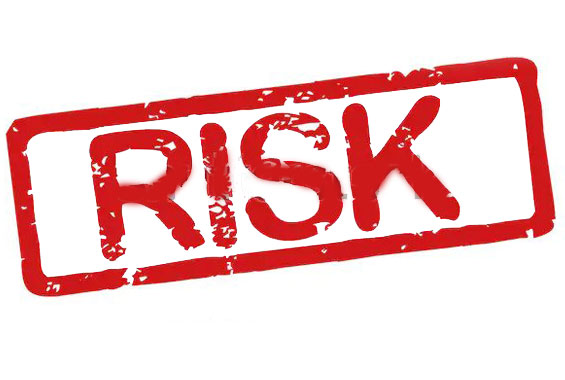Aside from injury producing events that occur because of human error and carelessness, there is a whole world of accidents that result in enormous injuries as a result of a defective product. Where manufacturers, distributors, suppliers, or retailers make products available to the public that are determined to be dangerous, they are held responsible for the injuries those products cause.

The first task in a product liability action is to establish if the injury-producing object was legally defective. This generally falls into three categories—a manufacturing defect, a design defect, or a warning defect. This can apply to a variety of product types including:
For there to be a manufacturing defect, there must be a flaw in the construction of that product that made it unreasonable unsafe when used in a foreseeable manner resulting in injuries. An example of this is when the product deviated from the manufacturer’s design or specifications and was manufactured differently from the prototype.
In addition, although perfectly manufactured, a product may nonetheless be legally defective because of a flaw in design. This comes up often where products are missing key safety devices that could have prevented a foreseeable injury and is a problem with the entire line of products. Generally, to prove design defect there are two alternative tests, commonly known as the “consumer expectation” and “risk-benefit” tests.
-
Consumer expectation test is where it fails to perform as safely as an ordinary consumer would expect or may expect when using the product in an intended or reasonably foreseeable manner.
- Risk-benefit” test is met under the scenarios where, judged in hindsight, the risk of danger inherent in the challenged design outweighs the benefit of the design. Factors reviewed include: the gravity of the danger imposed by the design, The likelihood it would cause injury, the mechanical feasibility of a safer alternative design, the financial cost of an improved design; and the adverse consequences to the product and consumers that would result from an alternative design.
Further, a product not otherwise defective in manufacturing or design, may still be defective if there are inadequate warnings about its dangerous propensities or failure to provide safe use instructions. Failure to inform consumers of risks or side effects that may follow foreseeable use of the product enables consumers to eliminate or reduce the risk of harm. Failure to instruct consumers as to how the product should be used provides consumers with the opportunity to make an informed choice.
Finally, even if strict product liability is not met, the product manufacturer and distributors may still be liable under a negligence theory. A negligence action may lie for failure to modify or retrofit a product or to warn users of dangers that surface after the product was manufactured. This theory involves balancing the likelihood and gravity of potential harm from a design against the burden of the measures required to avoid the harm.

Even when an accident is a result of human error, there may still be a product component that caused or contributed to that loss. Under California law, there is the legal doctrine of “joint and several” liability that holds every defendant liable for the entire award of damages. This means that if one defendant in your case cannot pay up for any reason, the others have to pick up the tab for the economic harms suffered. The defendants may end up in a quarrel trying to figure out who will pay what when the exposure is great, and the company has sufficient assets to cover a significant damage. Careful consideration therefore must be paid to identify all the potential toreadors that stem from an accident.
Damages caused by defective products are tremendous resulting in:
The nature and extent of treatment vary depending upon the severity of the loss. Typically, a victim can recover all their past medical expenses, future medical care costs, wage loss and loss of future earnings. In addition, they may seek recovery for their loss of quality of life, physical pain and emotional suffering resulting from the defective product. Further, if it found that the product manufacturer acted willful or reckless regarding the design, manufacturing or warning of the foreseeable risk associates with using the product, the company may be assess considerable punitive damages to punish them for their bad conduct.
If you or a loved one suffered an injury when using a product, call us to see what we can do to ASSIST.
